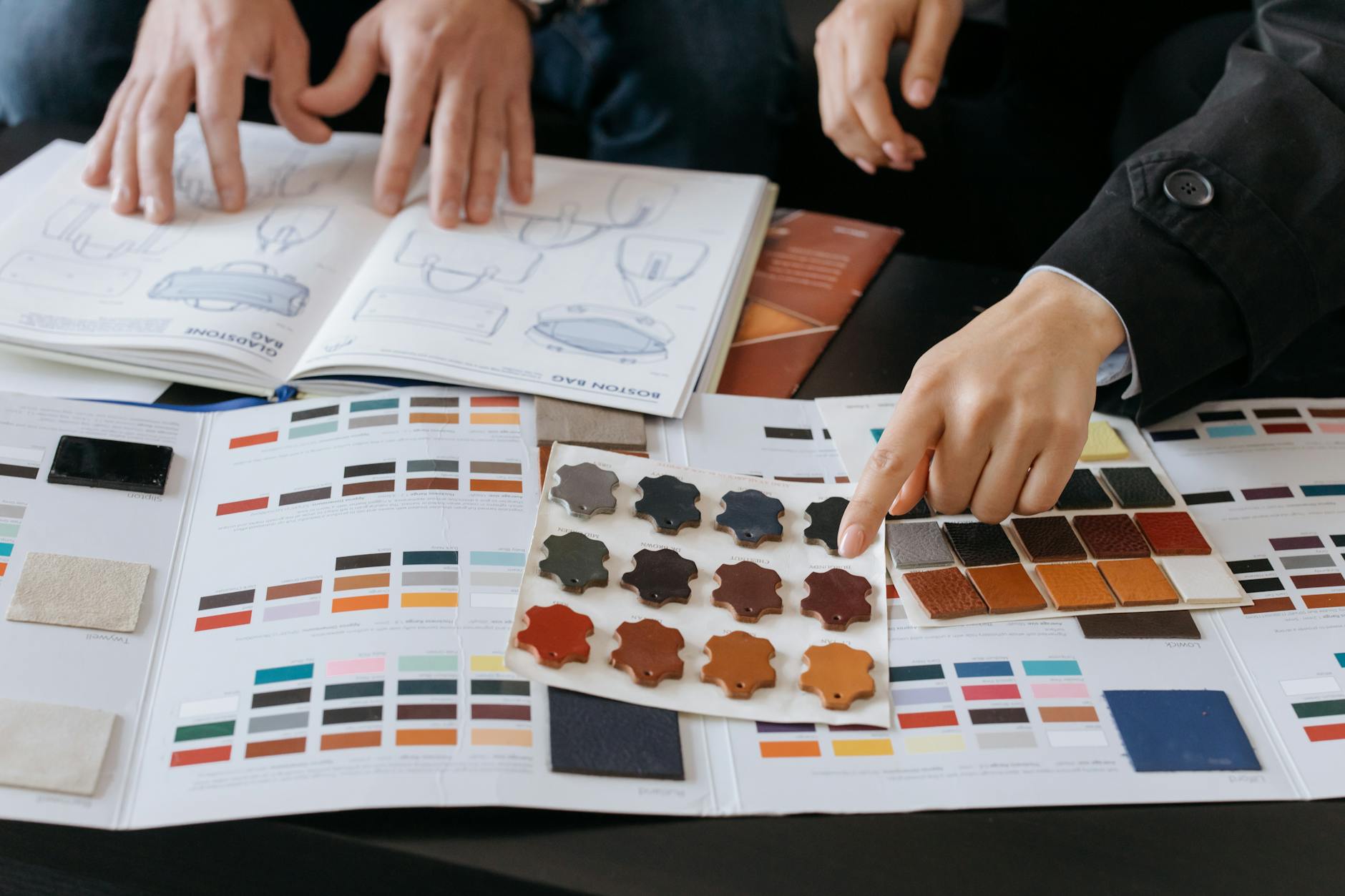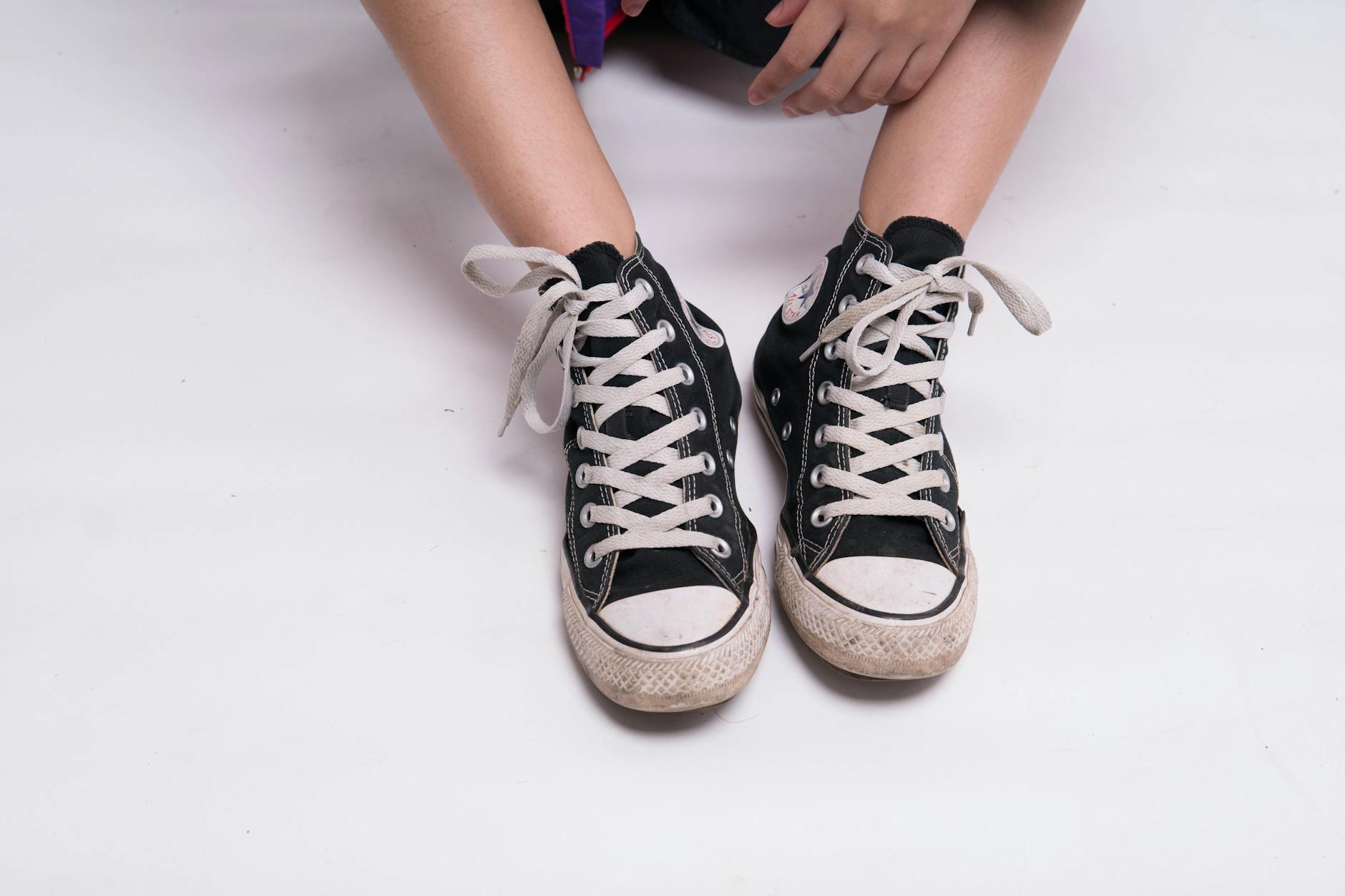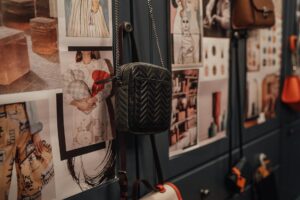We help shoe buyers, brands, and retail procurement choose between nubuck and suede. This short guide compares durability, seasonal fit, repairability, and buying steps. We focus on footwear use cases, expected wear modes, and a simple buy‑vs‑repair checklist so teams can advise customers and write clear POs.
Key takeaways
- Next step: ask suppliers for a full-panel cut-edge sample and rubbing/water test reports before approving a material.
- Rule of thumb: for high abrasion and daily wear pick nubuck; for low-abrasion dress styles pick suede and plan seasonal care.
- Common pitfall: ordering small swatches. Fix: require 4″ x 4″ cut-edge samples to check backing and split vs grain.
Nubuck vs Suede for Shoes — what matters to buyers and brands
Nubuck uses the outer grain of the hide and is buffed to a short, dense nap. Suede comes from the split layer and has a looser, softer nap. These origin differences affect abrasion, water behaviour, and how the shoe looks as it ages.
Three practical factors decide material fit for footwear: abrasion resistance, wet/salt tolerance, and visual aging. Each factor affects warranty wording, recommended protector systems, and repair strategy.
Performance checklist (quick reference)
- Abrasion resistance: Nubuck usually outperforms suede on friction zones because it retains grain strength.
- Wet and salt: Both absorb water. Factory hydrophobic finishing and periodic protector sprays reduce staining and salt damage; untreated suede traps salts more readily.
- Appearance over time: Nubuck shows scuffs and polished highlights. Suede flattens or mats and can lose its nap pattern in high-wear spots.
[Experience Note] In retail and repair work we see daily commuters get longer usable life from nubuck. Suede keeps a premium look on shoes worn occasionally.
For hygiene and compliance, require restricted-substance documentation when you source dyed leather. For EU and many export markets, check REACH rules and registrations; for U.S. consumer safety obligations check CPSC guidance on restricted elements.
Key references: REACH (ECHA) on chemicals in articles, and the U.S. CPSC business guidance on lead and product safety.
For routine protector sprays and care, manufacturer product guides explain application and limits. We link to a commonly used protector as an example of what to request in your care instructions.
See also our short primers on leather vs synthetic and waterproof fabrics for related material trade-offs.

Ordering and sampling tips
- Require a 4″ x 4″ (10 cm x 10 cm) full-panel cut-edge sample. It shows split vs grain, backing, and adhesive behaviour at the cut edge.
- Ask suppliers to document finishing: dye system, top-coat, and any hydrophobic treatment applied at the factory.
- Request rubbing (crocking) and water-bead photos or lab reports on the actual dye lot. Specify the test method used for each claim.
- For decoration, always test your chosen print, stamp, or emboss on a full-panel sample. Heavy embossing or hot stamping can crush suede nap and change color appearance.
[Experience Note] Vendors commonly send 2″ swatches. Those can hide backing adhesives and split layers. Push for the cut-edge panel and a sewn sample when possible.
Wear-rate and seasonal recommendations
Below are qualitative expectations by use case and season. These are operational guides for procurement and retail advisors, not fixed guarantees.
| Use case | Choose | Expected wear modes | Seasonal note |
|---|---|---|---|
| Daily casual / commuter | Nubuck | Scuffing, polished highlights, edge abrasion | All seasons; add protector and regular brushing |
| Dress / occasional | Suede | Nap flattening, spot staining | Best for dry seasons; suggest reproof each season |
| Travel / mixed weather | Nubuck with hydrophobic finish or performance micro-suede | Salt staining, wet-edge marks | Avoid untreated suede; prefer backed or synthetic alternatives |

Seasonal recommendation chart (simple)
- Winter (wet/salt): avoid untreated suede. Prefer nubuck with factory finish and a hydrophobic spray.
- Spring/Fall (mixed): nubuck or treated suede depending on use. Offer reproofing reminders.
- Summer (dry): suede is fine for low-abrasion dress styles.
Buy vs Repair — simple decision checklist for retail and warranty teams
- Visible structural damage (sole separation, upper delamination): repair if repair cost < 40% of replacement retail price and sole life extends wearable life. Otherwise replace.
- Surface nap wear (suede matting) in single localized zones: cheap re-nap and cleaning can restore look — repair if customer values original appearance.
- Large-area staining, deep salt marks, or leather that has thinned through in high-friction zones: replacement is usually better than repair.
- Document repair outcomes and keep before/after photos for warranty pattern analysis.
[Experience Note] We advise teams to set two thresholds in warranty policy: cosmetic repair allowance and structural repair allowance. Cosmetic wear is often owner-care; structural failures suggest material or construction faults.
Procurement and QC checklist to put in the PO
- Material spec: state split or grain, hide origin, thickness in oz, and finish description.
- Samples: require a 4″ x 4″ cut-edge sample and one sewn prototype in the final construction.
- Testing to request: colorfastness to rubbing (crocking) and water resistance reports. Ask which test method the lab used. For rubbing tests, cite AATCC crocking (rubbing) as the method to reference.
- Restricted substances: require a supplier declaration and any available test reports for REACH substances of concern and for U.S. required limits.
- Incoming inspection: nap uniformity, backing adhesion, color batch number, and edge delamination inspection steps.
Linking standards in your PO helps suppliers know what you expect. Cite the test method by name rather than generic wording (for example, “crocking (rubbing) test per AATCC method”).
FAQ
- What MOQ and lead time should I accept for nubuck or suede shoe orders?
- MOQ and lead time vary by factory, tooling complexity, and finish steps. We recommend asking each supplier for MOQ and a detailed timeline before sampling. Record MOQ and milestone dates (sample approval, bulk start, bulk ship) in the PO. This avoids assumptions and delays.
- Which finishing treatments improve water resistance?
- Suppliers can apply factory hydrophobic top-coats, nanopolymer sprays, or oil-based finishes to improve beading. Expect these to reduce but not eliminate absorption. Also require supplier photos or lab reports showing the treatment on your dye lot. For consumer-use sprays, brands publish application guidance and limits.
- What decoration methods are safe for each material?
- Low-pressure heat stamping and light print can work on nubuck if tested. Heavy embossing, hot stamping, or thick inks crush suede nap and change appearance. Always test on a full-panel sample and document how the nap recovers after finishing.
- What lab tests do we require for incoming leather batches?
- Request: colorfastness to rubbing (crocking), water resistance photos or report, and a restricted-substances declaration. For colorfastness to rubbing, name the method (for example, AATCC crocking/rubbing) so suppliers and labs use the same procedure.
All trademarks are property of their respective owners. This article is informational and implies no affiliation or endorsement.
For a broader material primer see our how to distinguish quality page before you finalize specs.




